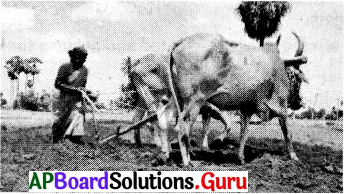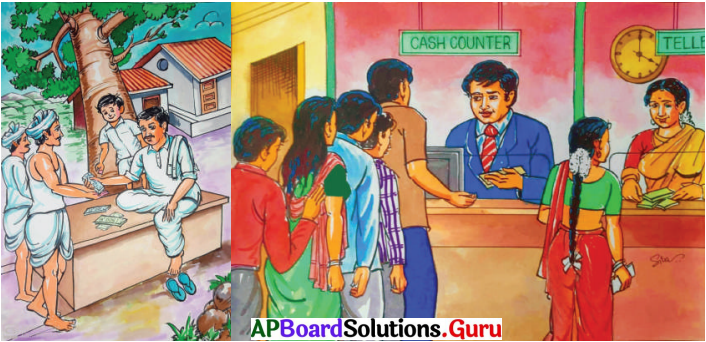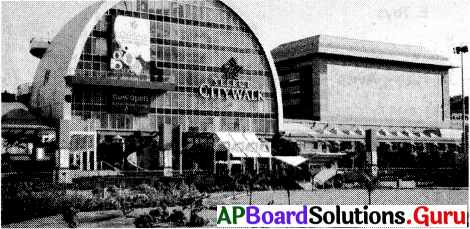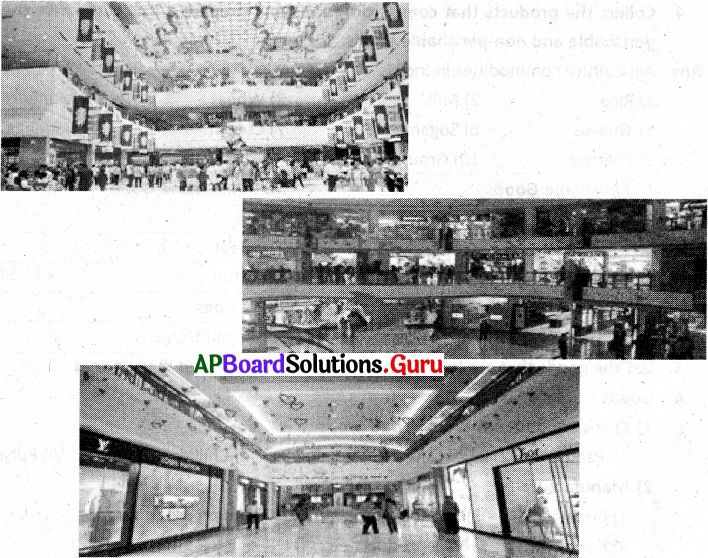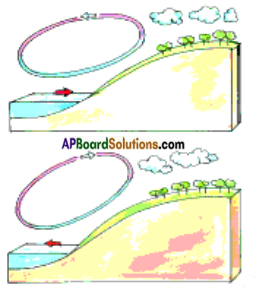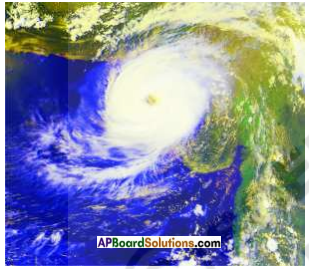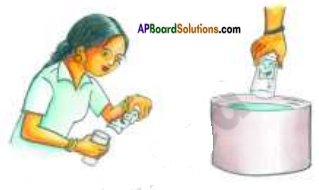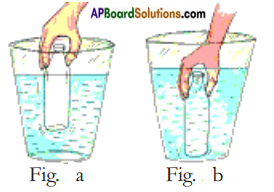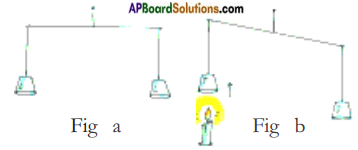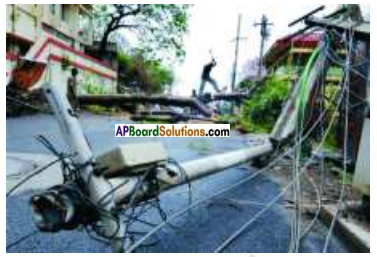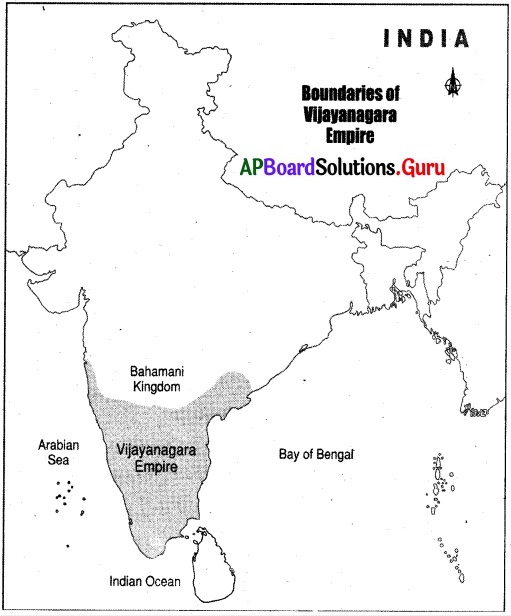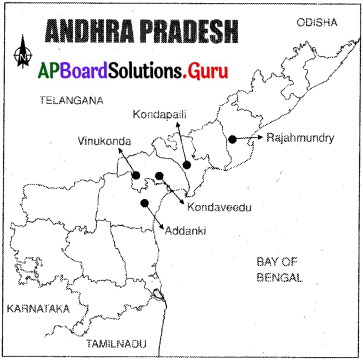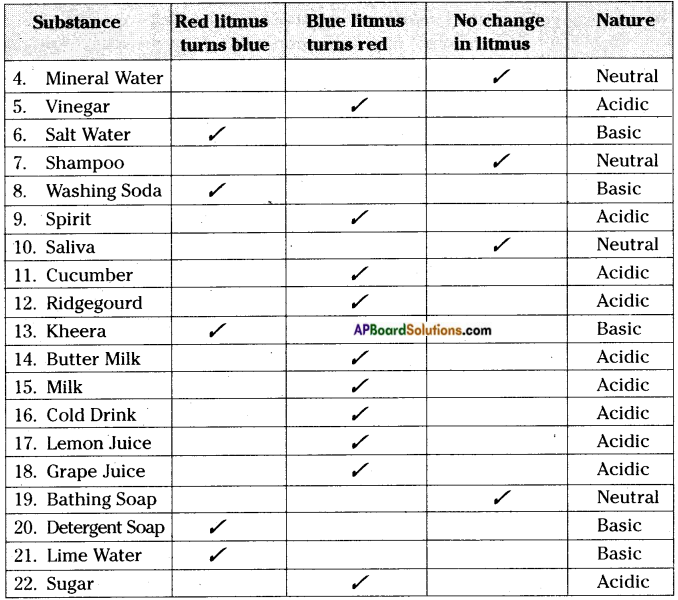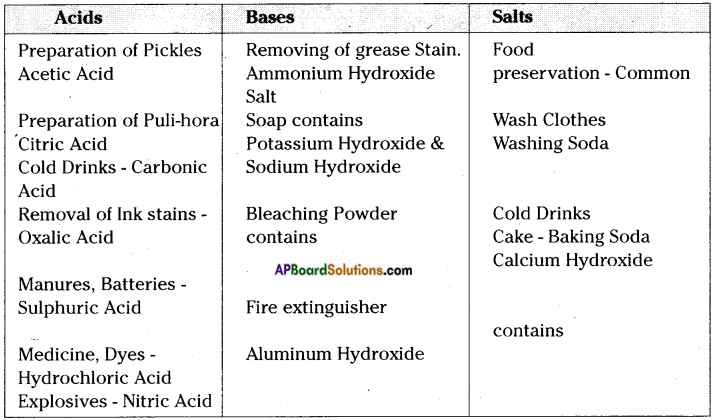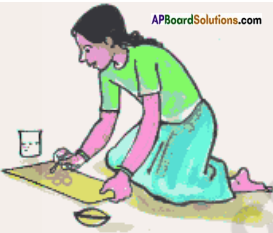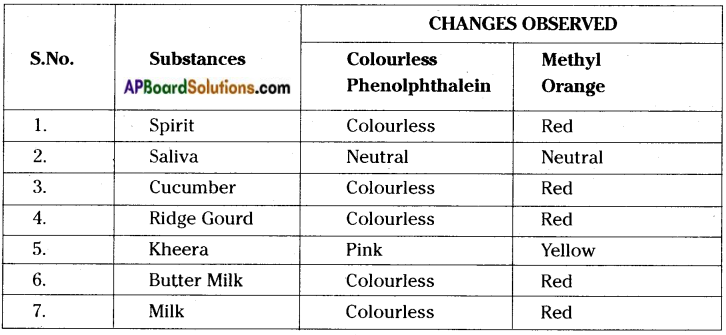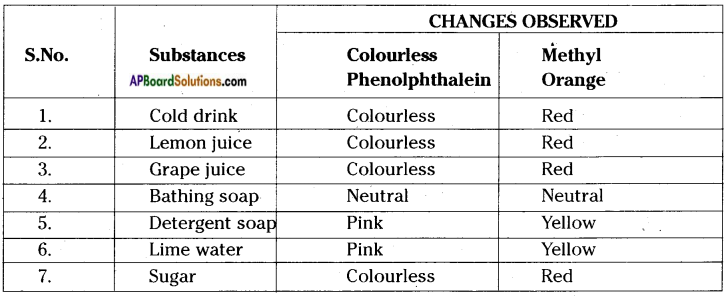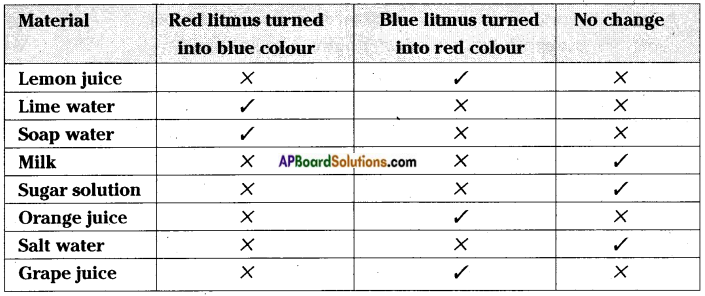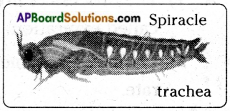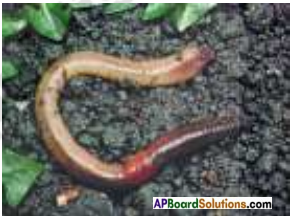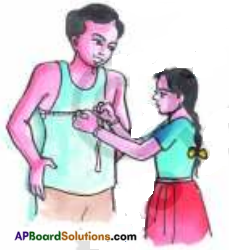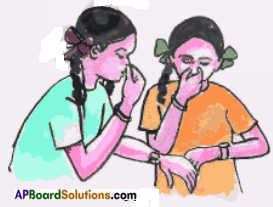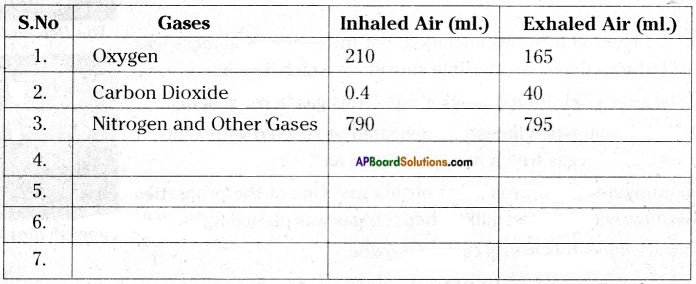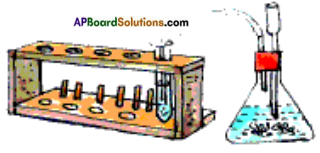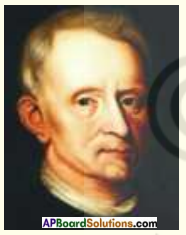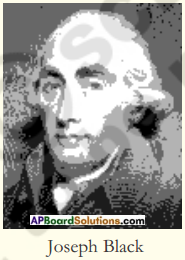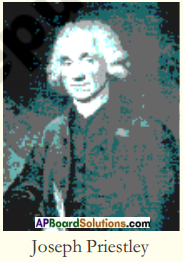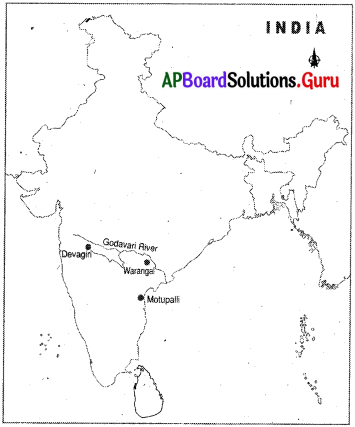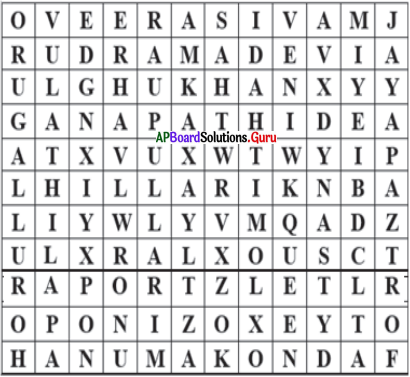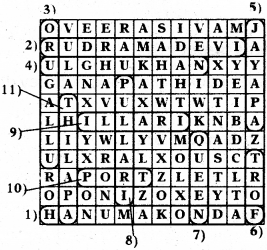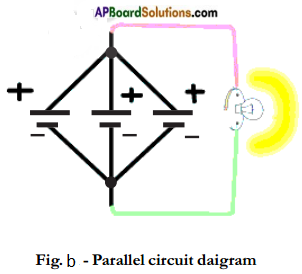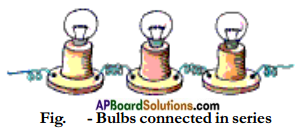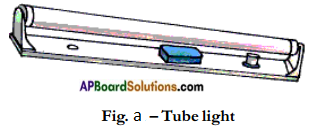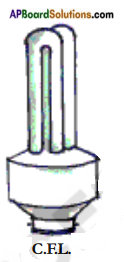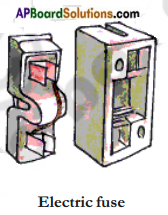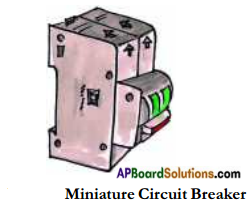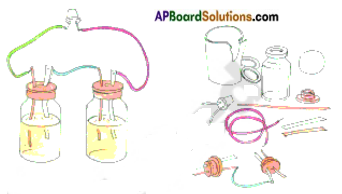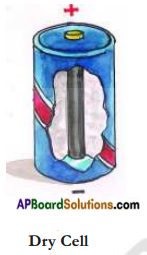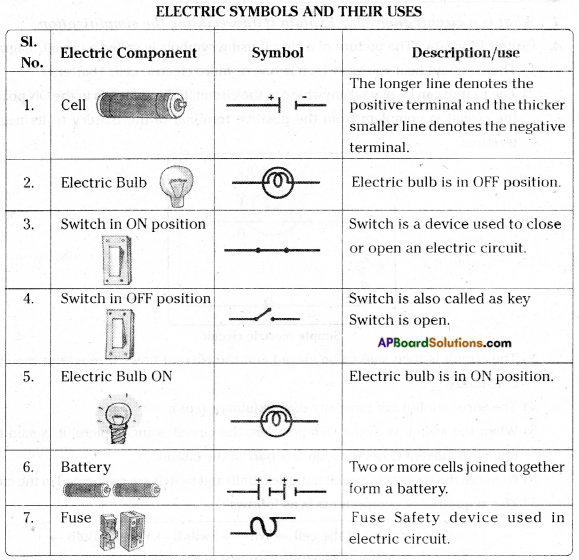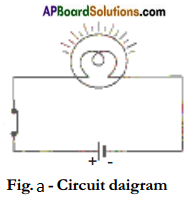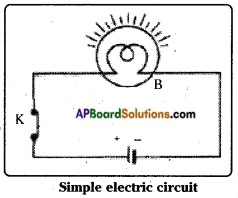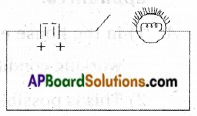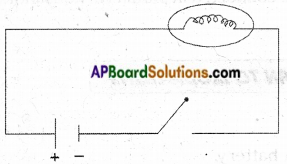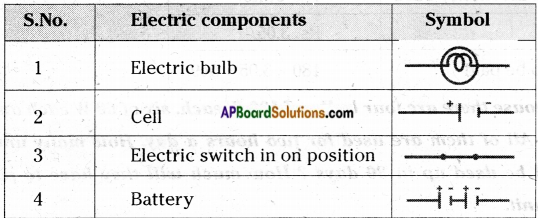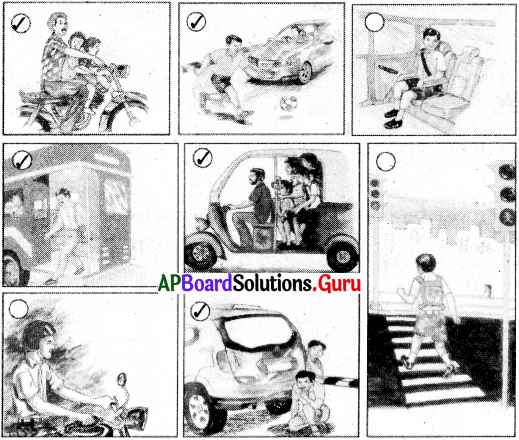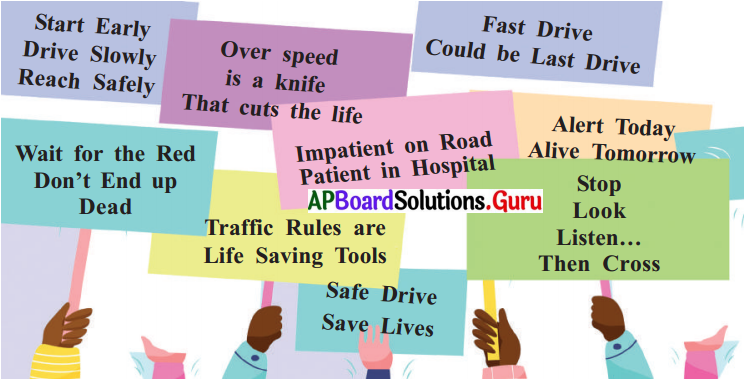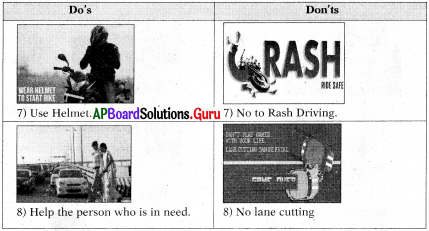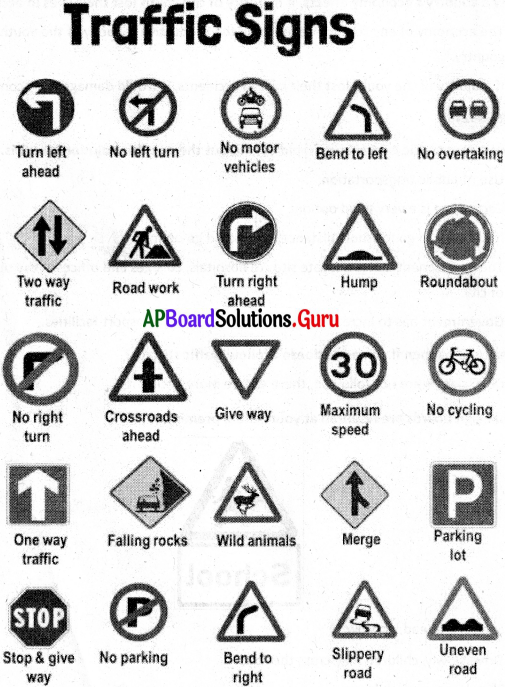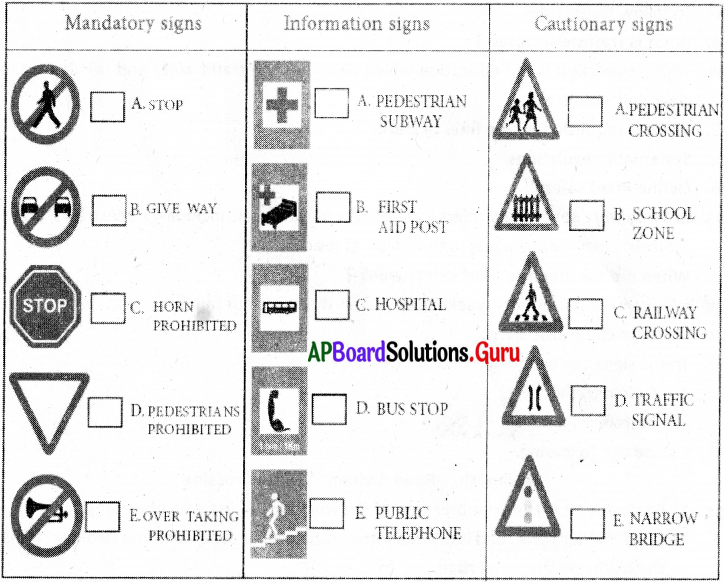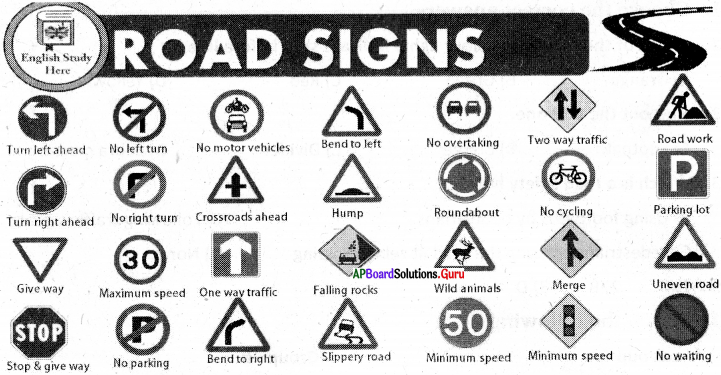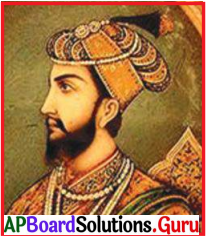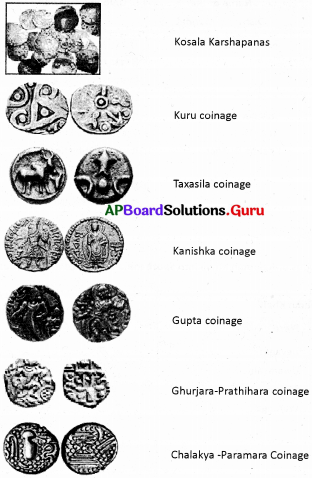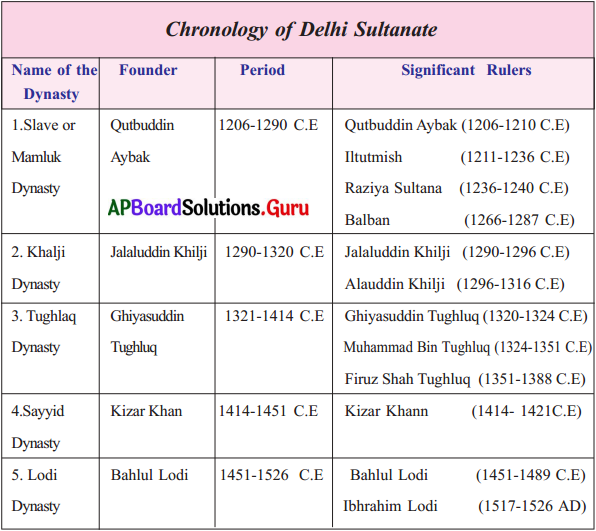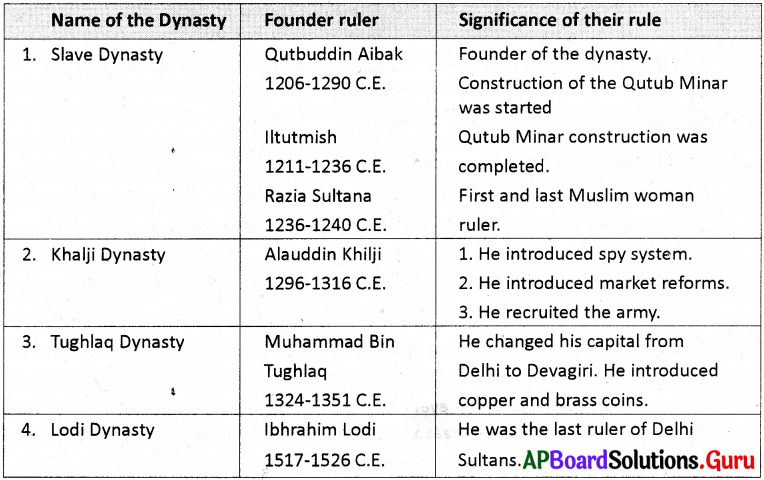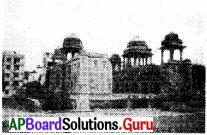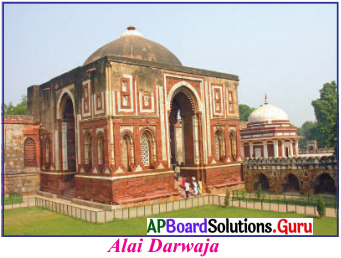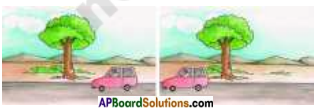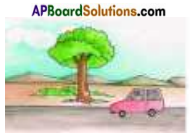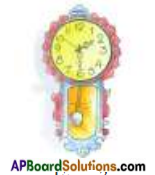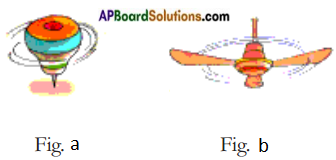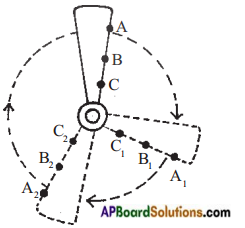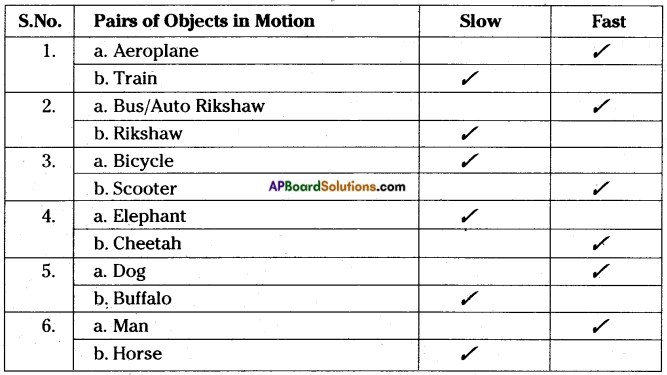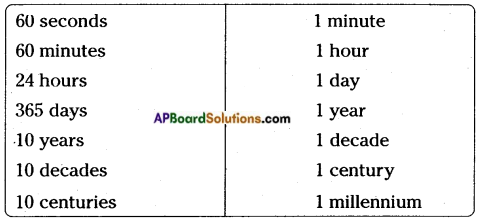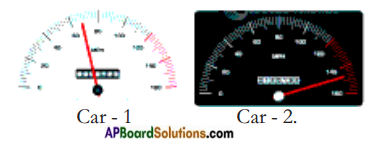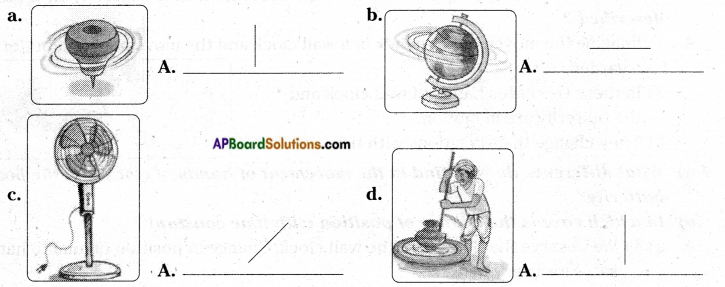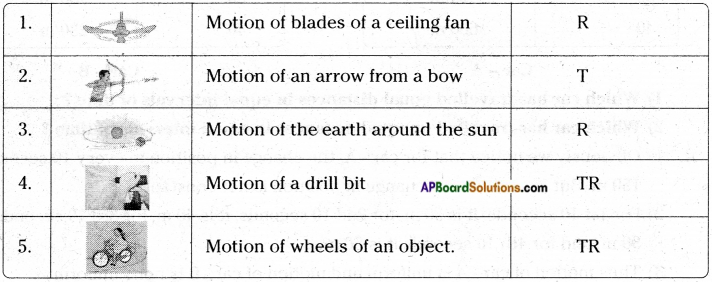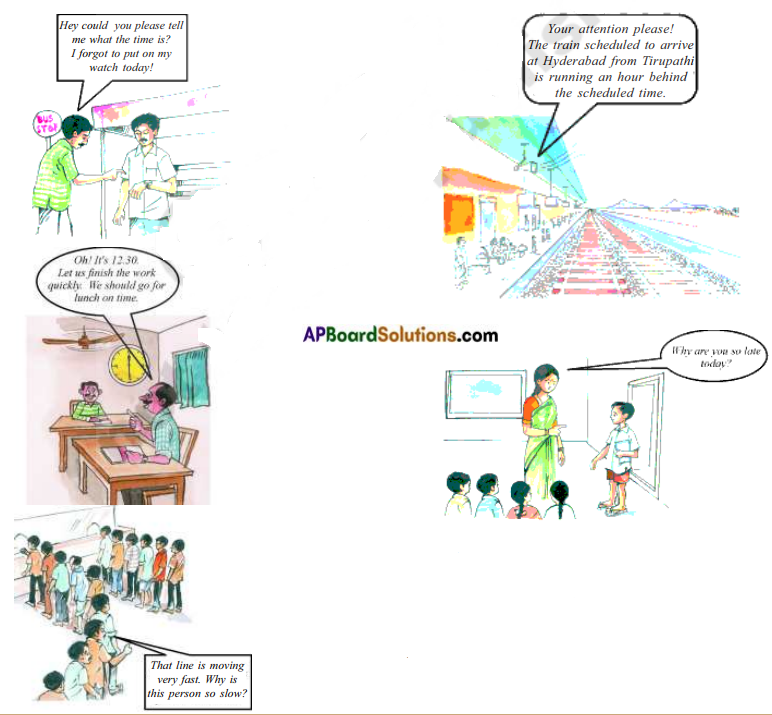SCERT AP 7th Class Social Study Material Pdf 7th Lesson Mughal Empire Textbook Questions and Answers.
AP State Syllabus 7th Class Social 7th Lesson Questions and Answers Mughal Empire
7th Class Social 7th Lesson Mughal Empire Textbook Questions and Answers
Review Of Your Previous Knowledge

Observe the given picture and respond to the following questions.
Question 1.
Have you ever seen this picture?
Answer:
Yes, I’ve seen this picture.
Question 2.
Can you say a few words about this picture?
Answer:
It is called the Red Fort. Every year on Independence day the Prime Minister hoists the Indian tricolour National flag at the forts main gate and delivers nationally broadcast speech from its ramparts.
Question 3.
Do you know the importance of this fort in history?
Answer:
The Red Fort is a historic fort in the cityof Delhi in India that served as the main residence of the Mughal Emperors.
Emperor Shah Jahan commissioned construction of the Red Fort on 12th May 1638, when he decided to shift his capital from Agra to Delhi.
On August 15th 1947, the first Prime Minister of India, Jawaharlal Nehru/raised the Indian National Flag above the Lahori Gate.
Improve Your Learning
I. Answer the following questions.
Question 1.
Analyze the reasons, why Akbar rose to prominence among the Mughal emperors.
Answer:
- Akbar proved to be a thoughtful and open-minded leader.
- His record of unbeaten military campaigns that consolidated Mughal rule in the Indian subcontinent is still unbeaten.
- He encouraged interreligious dialogue and patronized literature and the arts.
- He took away all of the laws against non-Muslims, promoted religious tolerance, and established a strong central government.
These are the reasons behind Akbar rose to prominence amongthe Mughal emperors.
![]()
Question 2.
Appreciate the work of the Mughals in architecture and sculpture.
Answer:
Mughal architecture is a remarkably symmetrical and decorative amalgam of Persian, Turkish, and Indian architecture.
Mughal architecture first developed and flourished during the reign of Akbar. Humayun’s Tomb, the sandstone mausoleum of Akbar’s father, was built during this period of Mughal architecture.
Architecture reached its peak in refinement and attention to detail under Shah Jahan (1628-1658), who commissioned the famous Taj Mahal.
The Mughal sculpture was the amalgamation of both Hindu and Persian styles of Sculptures. …
Some of the masterpieces of the Indo Islamic Sculpture are Qutub Minar, Alai Darwaza and Jami Masjid from the period of Delhi Sultanate and Taj Mahal, Jama Mosque and Red Fort from the Mughal Era.
Question 3.
Explain “why Shivaji’s personality is glorious”
Answer:
With the following reasons Sivaji’s personality is glorious.
- Shivaji is known as one of the greatest organizers in history….
- An efficient general and military strategist:…
- A skillful diplomat: …
- Brave soldier:…
- An enlightened administrator: …
- Respect for others faith:…
- An inspiring leader: …
- An obedient son:
Question 4.
Briefly tell about Shersha Sur.
Answer:
- Sher Shah was the founder of Sur Dynasty.
- His original name was Farid.
- He was the son of Hasan Khan, a jagirdar of Sasaram in Bihar.
- He was given the title Sher Khan for his bravery under the Afghan Rule of Bihar.
Question 5.
Mark the following places in outline map of India.
a) Agra
b) Delhi
c) Punjab
d) Fatehpur Sikri
Answer:

Question 6.
Prepare a timeline chart of the Mughal Empire.
Answer:
Timeline of the Mughal Dynasty.
| Mughal Ruler | Period of Rule |
| 1. Babu | 1526-1530 CE |
| 2. Humayun | 1530 – 1540 CE & 1555 – 1556 CE |
| 3. Akbar | 1556-1605 CE |
| 4. Jahangir | 1605 -1627 CE |
| 5. Shahryar Mizra (de facto) | 1627 -1628 CE |
| 6. Shah Jahan | 1628 -1658 CE |
| 7. Aurangzeb | 1658- 1707 CE |
| 8. Muhammad Azam Shah (titular) | 1707 |
| 9. Bahadur Shah -1 | 1707-1712 CE |
| 10. JahandarShah | 1712-1713 CE |
| 11. Farrukhsiyar | 1713 -1719 CE |
| 13. Rafi ud-Darajat | 1719 |
| 14. Shah Jahan II | 1719 |
| 15. Muhammad Shah | 1719 -1748 |
| 16. Ahmad Shah Bahadur | 1748 -1754 |
| 17. Alamgir II | 1754 -1759 |
| 18. Shah Jahan III (titular) | 1759 -1760 |
| 19. Shah Alam II | 1760 -1806 |
| 20. Jahan Shah IV (titular) | 1788 |
| 21. Akbar II | 1806 -1837 |
| 22. Bahadur Shah II | 1837 -1857 |
II. Choose the correct answer.
1. The musician we found in Akbar’s court …………….
a) Tansen
b) Abul Fazal
c) Raja Birbal
d) Raja Todarmal
Answer:
a) Tansen
2. Find out the odd one.
a) Akbar
b) Humayun
c) Shershah
d) Jahangir
Answer:
c) Shershah
3. IbadatKhana is situated in …………….
a) Fatehpur sikri
b) Delhi
c) Jahangirabad
d) Aurangabad
Answer:
a) Fatehpur sikri
4. Identify the miss matched pair:
a) Qutubminar – Flumayun
b) Tansen – Rag Dipak.
c) Abul Fhajal – Akbar Nama
d) Shivaji – Rayaghar
Answer:
a) Qutubminar – Flumayun
5. Contemporary Mughal ruler of Shivaji.
a) Akbar
b)Babar
c) Jahangir
d) Aurangzeb
Answer:
d) Aurangzeb
III. Match the following.
| Group-A | Group-B |
| 1. Copper Coin | a) Shah Jahan |
| 2. Mansabdar | b) Autobiography |
| 3. Taj Mahal | c) Minister |
| 4. Todarmal | d) Dam |
| 5. Tuzuk-i-Jahangiri | e) Rank |
Answer:
| Group-A | Group-B |
| 1. Copper Coin | d) Dam |
| 2. Mansabdar | e) Rank |
| 3. Taj Mahal | a) Shah Jahan |
| 4. Todarmal | c) Minister |
| 5. Tuzuk-i-Jahangiri | b) Autobiography |
7th Class Social 7th Lesson Mughal Empire InText Questions and Answers
7th Class Social Textbook Page No. 5
Question 1.
Collect some tales about Akbar – Birbal.
Answer:
1. The Crows in The Kingdom :
On one fine sunny day, Akbar and Birbal were taking a leisurely walk in the palace gardens. Suddenly, Akbar thought of testing Birbal’s wits by asking him a tricky question. Emperor asked Birbal, “How many crows are there in our kingdom?” Birbal could sense the amusement in the king’s voice, and within a few minutes Birbal replied, “My king, there are eighty thousand nine hundred and seventy-one crows in our kingdom”. Surprised and amazed, Akbar further tested Birbal, “What if we have more crows?” Birbal replied, “Oh, then the crows from the other kingdoms must be visiting us”.” What if there are lesser crows?” asked Akbar. “Well, then some of our crows must be visiting other kingdoms”, replied Birbal with a grin on his face. Akbar smiled at Birbal’s great sense of humour and wit.
Moral :There is always a solution if one thinks with ease.
2. Birbal’s Khichadi :
Once on a cold winter day, Akbar and Birbal were walking by a lake. Akbar stopped and put his finger into the freezing water and immediately took it out . saying, “I don’t think anyone can sustain a night in this cold water”. Birbal took that as a challenge and said that he would find someone who can do it. Akbar promised a sum of 1000 gold coins to whoever could spend a night standing in the cold water of the lake. Soon, Birbal found a poor man who agreed to undertake the challenge for the 1000 gold coins. Guarded by two royal guards, the poor man spent the entire night standing in the freezing water.
In the morning, the paor man was taken to court for the reward. On being asked by the king how he could stand in freezing water/the man replied, “My lord, I kept looking at a lamp that was burning at a distance, and spent my entire night looking at it”. On learning this, the emperor said, “This man is not worthy of the reward as he could manage to stand in the lake because he was getting warmth from the lamp”. The poor man felt doomed and heart-broken. He reached out to Birbal for help.
Birbal didn’t go to the court the next day. Akbar visited Birbal to find the reason. To his amusement, the King found Birbal sitting beside the fire with a pot hanging almost 6 feet above it. On being enquired, Birbal said, “I am cooking khichadi, my lord”. Akbar started laughing and said that was impossible. Birbal said, “It is possible my King. If a poor man can stay warm by simply looking at the lamp burning at a distance, I can cook this khichadi the same way.” Akbar understood Birbal’s point and rewarded the poor man for completing the challenge.
Moral: I Hope can inspire people to work hard.
3. The Foolish Thief :
Once upon a time, a rich merchant was robbed in King Akbar’s kingdom. The grief-stricken merchant went to the court and asked for help. Akbar asked Birbal to help the merchant find, the robber. The merchant told Birbal that he was suspicious of one of his servants. On getting the hint from the merchant, Birbal summoned all the servants and told them to stand in a straight line.
When asked about the robbery, everyone denied doing it, as expected. Birbal then handed over one stick of the same length, to each one of them. While dispersing, Birbal said, “By tomorrow, the robber’s stick will increase by two inches”. The next day when Birbal summoned everyone and inspected their sticks, one servant’s stick was shorter by two inches. On being asked by the merchant about the mystery of finding the real thief, Birbal said, “It was simple: the thief had cut his stick by two inches, fearing that it would increase in size”.
Moral: Truth always prevails.
4. Wise Birbal:
Once upon a time, King Akbar lost a ring that was very precious to him. This ring was a gift from his father and losing it made the king very sad. Akbar summoned Birbal and requested him to find the ring. The court was full of courtiers. Birbal announced, “My great king, the ring is right here in the courtroom, and the one who has the ring has a straw stuck in his beard/’ Everyone started looking at each other, and one of the courtiers started touching his beard to find the straw. Birbal called the guards and asked them to search the suspect. On searching the suspect, the ring was retrieved. Akbar was amazed at how Birbal managed to find the ring. Birbal said, “My King, the one who is guilty will always feel scared”.
Moral: The guilty conscience needs no accusation.
5. The Farmer’s Well:
Once upon a time, a clever man sold his well to a farmer. The next day, when the farmer went to the well to fetch some water, the man said that he only sold the well and not its water. The farmer did not know what to do, and with a sad heart, he went to Akbar’s court. Birbal was told to take care of the case. The following day, the man who sold the well along with the farmer was called to the court. The clever man made the same statement – he had sold his well, not the water in it. On learning this, Birbal said, “My friend, in that case, you either remove your water from the well or pay tax for your water because it is the farmer’s well.” The man realised his mistake and asked for forgiveness as he felt helpless and outwitted.
Moral: If you cheat, you will pay for your deeds.
7th Class Social Textbook Page No. 6
Question 2.
Collect the letter from library / internet writen by Aurangzeb to his teacher, discuss in the classroom.
Answer:
AURANGAZEB’S LETTER TO HIS TEACHER :
Sir! What do you expect from me? Is there any justification in your asking that I, in my capacity of a famous Muslim ruler, should take you into my court? May be your request would have been reasonable if you had imparted education to me in proper way. A student, who receives good education, should respect his teacher as he respects his father. But, what have you taught me? Firstly, you taught saying that Europe means a small island called Portugal, that the king of that country alone is great, in the next position is the king of Holland and then comes the king of England. You also said the king of the France and Spain are like the petty rulers in our country and that the King of Hindustan are greater than all those Kings, that they are the emperors who conquered the whole world and the kings of Persia, Uzbek, Tartar, China, Eastern China, Pegu, Machina, will shiver at the mere mentioning of the names of Hindustan kings.
Ah! You have taught excellent history and Geography, indeed! Instead, you should have taught me about the different countries in the world and their varied interests, the strengths and weaknesses of those kings, their war strategies, their customs, religions, Government policies, the advantages, History, progress, downfall, what disasters and blunders had led to great changes and revolutions-you should have taught me all these things. I did not learn anything from you regarding the great men, who established the Mughal empire. You did not teach me anything about their life histories. You did not teach about the policies and the strategies that they followed to achieve glorious victories.
You wanted me to learn how to read and write Arabic. You wasted much of my time on something, which cannot be mastered unless I worked hard for ten to twelve years. Perhaps, in your opinion, it is a great thing if a prince becomes a great linguist and a perfect grammarian. May be you thought this esteem is enhanced by learning other languages and foreign languages instead of learning his mother tongue, the language of his people and the languages of neighboring states! Infact, he does not need these languages. Time is quite precious duringthe childhood forthe people like me, who belong to the royal family, since we have to shoulder so many responsibilities. There is an urgent need to learn many things during the limited time that is available to us. You have wasted all my time in teaching Arabic for such a long time, which was boring activity. Study of an Arabic was tragic event in my life. It was useless pursuit. I had to learn it with extreme reluctance. It has even blunted my intellect. (Persian was the official language at that time).
Don’t you knpw that happy childhood memories are preserved forever, that thousands of things can be learned which makes everlasting impression on the young minds and that because of their influence, he can be mentally prepared to take up greater responsibilities? Is it not possible to learn the laws, prayers, and sciences in our mother tongue instead of learning them in Arabic?
I cannot say how long you had taught me that kind of speculative knowledge. I could only remember that those ugly and horrible vocabulary which could surprise and confuse even the most intelligent people. Ignorant egoists like you, who would like to hide their bad qualities, must have created such words. By listening to such bombastic words, we should think that you are knowledgeable and omniscient! We should think that those wonderful words contain some wonderful inner meaning, which could be understood only by scholars like you!
You should have trained me to be a person with analytical thinking. You should have taught me the techniques of being a person of equanimity and imperturbable mind! You should have told me the laws and grandeur of the universe and the fundamental principles of life. You should have filled my mind with this kind of practical philosophy. Had you done these things, I would have shown you same kind of reverence that Alexander showed to his teacher Aristotle. I would have helped you more than that.
Instead of raising me to the skies with flattery, you should have taught me the essentials of being a good king. You should have given me the knowledge of a king’s responsibilities towards his subjects and their responsibilities towards the king. You should have foreseen that a day would came when I should use the sword in the battle with my brother. You should have taught me how to lay siege to a town and rally the soldiers who are scattered in confusion. However, I learned all these things from others, but not from you.
Therefore, now you must go to your village. I will not help you in any manner. Let not the people know who are you. Lead the rest of your life as an ordinary citizen.
Discussion :
Childhood is a good period of learning because a well-taught child remember all the good things taught him then all his life. These things prepare him to be good and noble in life. It is useless to teach a child the law, religion and sciences in a foreign language. A child taught well in his childhood is surely a good and noble man.
Aurangzeb’s last advice to his former tutor is to go back to his village from where he had come to teach him. He tells him to hide himself in a remote village. Nobody should know about his position as a teacher. Nobody should about his position as a teacher. Nobody should also know that he has been censored by the emperor for teaching him in a wrong way. This is some sort of punishment to the bad teacher.
![]()
Question 3.
Locate the following places in the outline map of India.
Delhi, Agra, Fatehpur Sikri, Chittorgarh, Ahmednagar.
Answer:
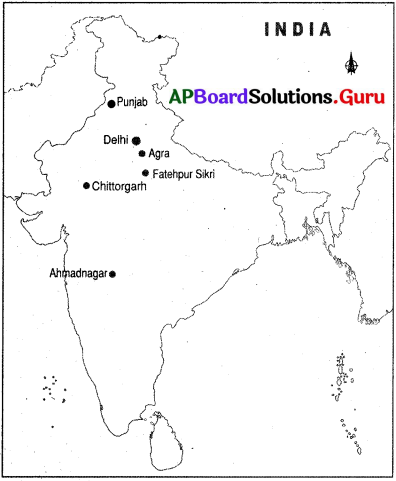
7th Class Social Textbook Page No. 8
Question 4.
Discuss with your teacher the method of levying agricultural tax during the Mughal period.
Answer:
Land comprised the main tax base, along with a few other taxes including import and export duties, and tributes from states controlled by the Mughals. Indian history
emphasizes the imposition of jizya, a progressive income tax on non-Muslims with an exemption for minimum wagers.
Chauth and Sardeshmukhl
Chauth…’ was 1? 4 of the government revenue paid by Mughal officers.
In addition to this, the sardeshmuki was another ten percent tax.
Previously, the Mughal emperors collected taxes by relying upon a decentralized network of local administrators called zamindars. Acting as local aristocratic landlords, they collected taxes from peasants and sent a set quota to the state. But much of this revenue never made it to the emperor.
7th Class Social Textbook Page No. 10
Question 5.
Take your favorite story from Akbar – Birbal stories and role play the conversation between Akbar – Birbal in that story with the help of your teacher.
Answer:
The Story of how Birbal came to Akbar’s court Emperor Akbar loved to go hunting. On one such trip, he came across a young man named Mahesh Das. In the meeting that occurred, the Emperor was extremely impressed by the wit of Mahesh Das. The Emperor gave Mahesh Das his ring and asked him to come and visit him in his palace at any time. A few years later Mahesh Das decided to try his luck in the city and to take the emperor up on his offer.
He reached the city of Agra where Emperor Akbar had his fort on the banks of the Yamuna River. At the gate of the fort he was greeted by the guards. He told them that he had come to visit with the emperor. The guards looked at him in disdain (since he was not very well dressed) and asked him why they should let him in. He showed them the ring that was given to him by the emperor as proof.
One of the guards realized that this individual obviously was of importance to the emperor and gave him permission to enter, based on one condition: the young man would share half of what he received from the emperor with the guard. Mahesh Das promised to do so and was given access into the court of Emperor Akbar. He bowed to the emperor as he went in and showed him the ring. The reputedly benevolent Emperor Akbar recognized the ring and the young man and immediately offered him anything he wanted.
The young man thought a while, and asked the emperor for fifty lashes of the whip. The emperor was amazed but he knew that Mahesh Das was a very astute young man and asked him for his reason for his wish. Mahesh Das revealed to the emperor that deal that he had made with the guard outside the fort.
The emperor was thoroughly amused and angry at the same time. He awarded the fifty lashes to the guard for his impertinence and his habit of bullying people. He rewarded Mahesh Das by including him in his court and giving him all the comforts he could desire. He also bestowed on him the name of Birbal.
ROLE PLAY : Students’ Activity with the help of teacher.
7th Class Social Textbook Page No. 11
Question 6.
Collect the detailed names of the Navaratnas in the court of Akbar.
Answer:
Navaratnas in Akbar Court – Abdul Fazl, Abdul Rahim Khan -1 – Khana, Birbal, Mulla Do – Piyaza Faizi, Raja Man Singh, Raja Todarmal, Fakir Aziao – Din.and Tansen
Think & Respond
7th Class Social Textbook Page No. 3
Question 1.
Analyze the reasons why the Miighal Empire was first established in northern India.
Answer:
In 1526 a Turkic Prince, Babur (who was a descendent of the Turkic conqueror, Timur, and the Mongol ruler, Genghis Khan), set out to take control over the Punjab region in India. From his base in Kabul, Afghanistan, Babur took control of the Punjab region and was able to defeat Ibrahim Lodi, the Delhi Sultan. This battle is known as the First Battle of Panipat. Babur’s thirst for the conquest of India is said to have been inspired by Timur’s raids on India during the 14th century. Babur military success is significantly owned to his . use of firearms and the superiority and experience of his cavalry. Consequently, by Babur’s death in 1530, the Mughal’s controlled most of Northern India.
7th Class Social Textbook Page No. 5
Question 2.
What would have happened in the Mughal Empire, if there was no Bhairam Khan in the life of Akbar?
Answer:
If really Bhairam Khan was not there in the life of Akbar after death of Humayun, the Mughal Empire may have come to an end.
![]()
Question 3.
Many Rajput rulers joined Akbar’s court. But Ranapratap did not. Why?
Answer:
Maharana refuse to bow to Akbar because he was a Turk who could not be trusted.
7th Class Social Textbook Page No. 9
Question 4.
Compare the present land revenue system to that of Mughal system.
Answer:
During the Mughal period the land revenue was decided on the basis of
- Measurement of land
- Productivity of the land
- 1/3 rd of the produce to be paid in cash.
Present land revenue system : In India at present government impose’land revenue in two ways.
- The tax on wet land is more
- The tax on dry land is less.
Explore
7th Class Social Textbook Page No. 4
Question 1.
What were the circumstances that led to Sher Shah coming into power?
Answer:
One of the great Muslim rulers of India, Sher Shah rose from the rank of private to become emperor, efficiently administered the army and tax collections, and built roads, rest houses, and wells for his people. He was generally tolerant of non-Muslims, except in his massacre of Hindus after the surrender of Raisen. His tomb at Sasaram is one of the most magnificent in India.
7th Class Social Textbook Page No. 8
Question 2.
“Din-l-llahi could not become a popular”. Why? Ask your teacher to know more about it.
Answer:
- Din-l-Ilahi was an elite religious movement, formulated by the Mughal emperor Akbar in the late 16th Century A.D.
- Why it could not become a people’s movement because it was the idea of combine all religious faiths.
- It was not a successful movement as the successors were not as liberal and tolerant as Akbar and therefore they did not promote it.
- Also, the more Orthodox Muslims were not ready to accept other religious practices.
7th Class Social Textbook Page No. 11
Question 3.
Browse internet or go through the library books to know more about the miniature paintings of Mughal period and identify its peculiar features.
Answer:
Mughal miniatures were small (many not more than a few square inches), brightly colored, and highly detailed paintings mostly used to illustrate manuscripts and art books. Despite their tiny sizes, they are incredibly precise, with some lines painted using brushes composed of a single hair.
![]()
Project Work
Briefly write about your favourite heritage structure of Mughal period along with its picture.
Answer:
My favorite heritage structure is Taj mahal. The Taj Mahal, a World Heritage Site was built between 1630-49 by the emperor Shah Jahan in memory of his wife Mumtaz Mahal.[1] Its construction took 22 years and required 22,000 laborers and 1,000 elephants, at a cost of 32 million rupees, (corresponding to US $ 827 million in 2015) It is a large, white marble structure standing on a square plinth and consists of a symmetrical building with an iwan (an arch-shaped doorway) topped by a large dome and finial.
The building’s longest plane of symmetry runs through the entire complex except for the sarcophagus of Shah Jahan, which is placed off centre in the crypt room below the main floor. This symmetry is extended to the building of an entire mirror mosque in red sandstone, to complement the Mecca-facing mosque placed to the west of the main structure. Parchin kari, a method of decoration on a large scale-inlaid work of jewels and Jali work has been used to decorate the structure.
Read Genghis Khan Novel by Tenneti Suri and write important points.
Answer:
Important points from Tenneti Suri’s Novel about Genghis Khan :
- Genghis Khan was Mongloian ruler who became one of the world’s most powerful military leaders who joined with the Mongol tribes and started the Mongol Empire.
- He was a very strong and powerful emperor who occupied much of China and some surrounding countries of China.
- Because of his military success people referred to him as Genghis, meaning “Universe Ruler”.
- Genghis Khan died in the Liupan mountains in North-Western China in August 1227 A.D.
